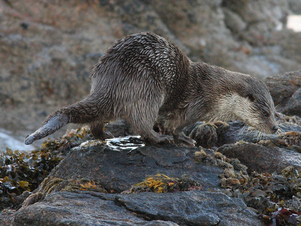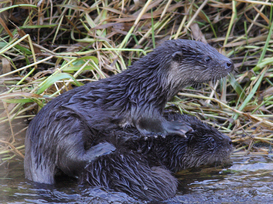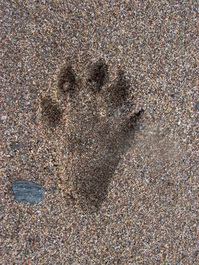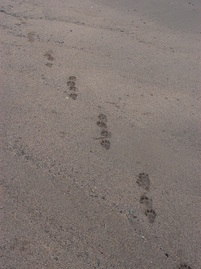- Home
- About Us
-
Services
- Ecological Clerk of Works (ECoW) in Scotland
- Phase 1 Habitat Surveys in Scotland
- Protected Species Scoping Surveys in Scotland
- Great Crested Newt Surveys in Scotland
- Bird Surveys in Scotland >
- Reptile Surveys in Scotland
- Badger Surveys in Scotland
- Water Vole Surveys in Scotland
- Pine Marten Surveys in Scotland
- Red Squirrel Survey in Scotland
- Otter Survey in Scotland
- Camera Trapping in Scotland
- Other groups
- Contact Us
Otter Surveys in ScotlandOtters, Lutra lutra, are mustelids, which are found along watercourses, inland waterbodies and coasts. In recent years their population has been shown to be increasing, they are legally protected by The Wildlife and Countryside Act 1981 (As amended) and by the Habitats Regulations 2010, which makes them a European Protected Species.
Legal protection for Otters The legal protection makes it an offence to:
If convicted of any of the above the penalties can be a fine of upto £5000 per animal and/or a six month jail sentence. Otter Surveys Surveys for Otters can be undertaken at any time of the year, but they need to be undertaken on watercourses that have not recently flooded. The Wildlife Survey Unit Ltd undertake Otter surveys across Scotland including including Inverness, Moray, Aberdeenshire, Argyll, Angus, Perthshire, Orkney and Caithness. Our surveys would:
We also offer camera trapping facilities to define current use of holt sites, critical in defining the legal protection a structure is offered. Otters and development If Otters are likely to be present within or adjacent to a development site, surveys need to be undertaken as part of the planning application process. Presence/absence surveys and more detailed camera trapping surveys may be required to adequately assess the use of a site by Otters. The experience of surveyors is vital to the success of a survey, the Chartered Institute for Ecology and Environmental Management have produced Technical Guidelines for Competency for Ecologists undertaking Otter surveys. If an impact assessment fails to reduce risk by alternatives methods and a holt or resting site has to be disturbed or destroyed, a European Protected Species licence would need to be applied for prior to works. This effectively makes legal what would otherwise be an illegal act. Licences can only be granted subjected to strict tests outlined here. More details about Otter licensing in Scotland can be found here and further information on Otters and development here. Otter Calendar Otter literature and research
The following webpages and publications offer more information on Otters: SNH website Otter page Monitoring the Otter publication by Paul Chanin SNH National Survey of Otters 2003-4 Fifth Otter Survey of England 2009-2010 Natural England - Standing Advice Species Sheet: Eurasian Otter |






